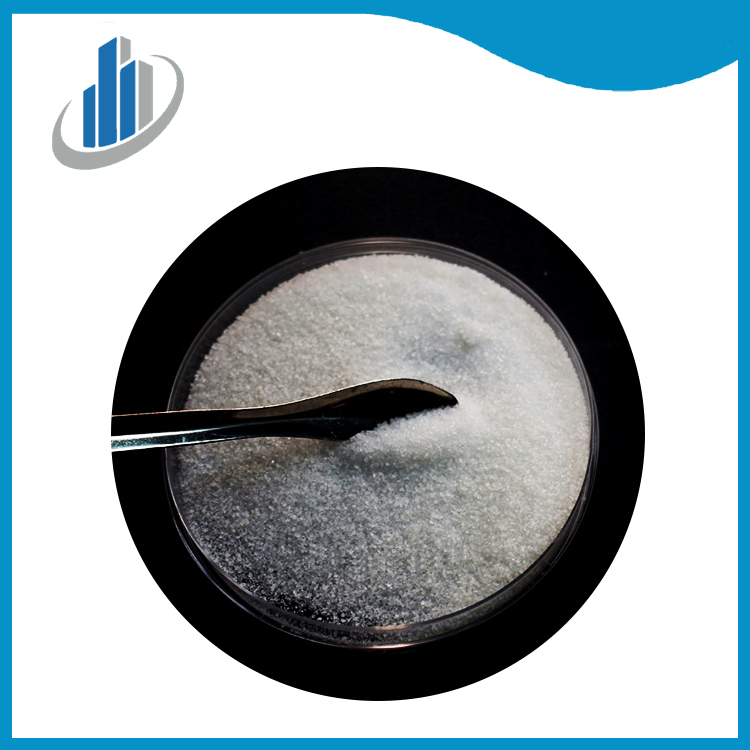Types of food flavoring agents
2023-11-07
Food flavoring agents are substances used to enhance or modify the taste of food and beverages. They can be natural or artificial and are added to improve the overall flavor, aroma, or taste of a product. Flavoring agents are essential in the food industry to create a wide variety of palatable products. Here are some common types of food flavoring agents:
1. Natural Flavors: These are derived from real food sources, such as fruits, vegetables, herbs, and spices. Natural flavors can be obtained through processes like extraction, distillation, or fermentation.
2. Artificial Flavors: These are chemically synthesized compounds designed to mimic the taste of natural flavors. Artificial flavors can be used to create specific and consistent flavor profiles.
3. Extracts: These are concentrated flavoring agents obtained by extracting the essential oils or compounds from natural ingredients. Examples include vanilla extract, almond extract, and lemon extract.
4. Essential Oils: These are highly concentrated oils extracted from plant sources, like citrus fruits, herbs, and spices, and are used to add flavor and aroma to foods.
5. Spices and Herbs: Whole or ground spices and herbs are often used to season and flavor dishes. Common examples include cinnamon, basil, and paprika.
6. Seasonings: These can be simple mixtures of salt and various herbs and spices or complex blends like curry powder, taco seasoning, and steak rubs.
7. Monosodium Glutamate (MSG): MSG is a flavor enhancer that adds a savory umami taste to food. It's commonly used in many processed and restaurant dishes.
8. Sweeteners: Sugar and other sweeteners, such as honey, maple syrup, and artificial sweeteners, are used to add sweetness and flavor to various foods and beverages.
9. Flavor Enhancers: Certain compounds like nucleotides (e.g., inosinate and guanylate) are used as flavor enhancers to boost the perception of other flavors, particularly umami.
10. Smoke Flavoring: Liquid smoke or smoked salts can be used to impart a smoky flavor to foods without actual smoking.
11. Emulsifiers and Stabilizers: These are used to maintain the consistency and texture of food products, which can impact the overall flavor experience.
12. Natural and Artificial Colorants: Food colorings can affect the perceived flavor of a product, particularly in cases where color is associated with a particular taste (e.g., red for strawberry).
13. Aromas and Fragrances: These are used in various products to add fragrance and aroma, which can indirectly influence the perceived flavor of the food.
14. Fermented Products: Fermentation can produce natural flavor compounds, such as those found in yogurt, cheese, and soy sauce, which contribute to their unique tastes.
Food manufacturers and chefs carefully select and combine these flavoring agents to create a desired taste profile in their products, whether they are aiming for a classic recipe, a unique culinary experience, or the replication of a specific natural flavor. Regulations and labeling requirements often govern the use of these agents to ensure consumer safety and transparency.



